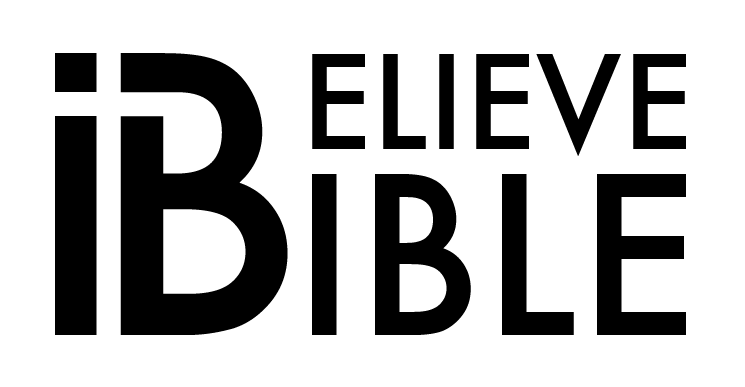Revelation. For many people, this is the single scariest book in the Bible. Whether it’s the plagues, the judgment, the fire, or the infamous Mark of the Beast, the book of Revelation strikes fear into people’s hearts, and often causes great confusion.
But this is not the point of Revelation, at all. It’s not supposed to be scary, but hopeful. We want to help clear up some misconceptions about this book.
First things first, the title of the book gives us a clue as to what it’s about. Contrary to popular mispronunciations, the correct short form of the name is Revelation, not Revelations. The whole book is a single message, which we see summarized in the very first line: “The revelation of Jesus Christ, which God gave him to show to his servants the things that must soon take place.” (Revelation 1:1) The idea is that this book contains a vision that God the Father gave to Jesus to communicate information about the future to Christians. The crucial point is that this is a revelation of Jesus - meaning that it is about Jesus, and is a testimony that comes from and through Jesus.
Many people will attempt to Hollywood-ize this book, so to speak. When we lose Jesus and the gospel of the Kingdom of God as the center of the story, people find it easy to make Revelation about plagues, or the beast, natural disasters, Satan, or political conspiracies. All of these things have their place in the story, but they are not the main point. The actual point is about Jesus, who is: “the faithful witness, the firstborn of the dead, and the ruler of kings on earth,” (Rev 1:5 ESV) and “him who loved us and has freed us from our sins by his blood” (Rev 1:6 ESV).
Like Daniel, Revelation is an apocalyptic book - with a writing style that uses symbolic and sometimes mythical language to speak about events in the real world that reveal God’s plan for the future. But Revelation is also an Epistle, similar to books like Romans or Philippians, which were written to encourage, instruct, and correct Christians in their everyday living. In this case, Jesus gave John a message that would go immediately to seven churches in Asia Minor - in what we would know today as Turkey. These Christian communities were living in difficult times and were facing criticism, suspicion, and sometimes even physical violence because of their misunderstood beliefs. Revelation deals with frightening and violent themes because it was written to help people living in frightening and violent circumstances. Revelation can be scary because Jesus wanted his followers to know that he recognized and sympathized with their fears and pains.
The message of Revelation is not about how evil forces run the world, but rather about how God won’t allow evil forces to infect the world forever. Jesus will come back to make all things right, and in the meantime he sends angels and the Holy Spirit to guard people from evil. You are invited to believe this story - to trust the God who has promised to make all things new, including you and your heart. Revelation is a story of hope for a better world, with Jesus at the center of it all.
Questions:
- Read Revelation 1:1-2. Who was involved in sending and recording the message presented in this book?
- Read Revelation 1:4-8. How would these verses have been comforting to Christians living under the Roman Empire?
- Read Revelation 1:9-11. What kind of circumstances was John facing at the time? Did these circumstances affect his relationship with God? What does this example mean for us? Why would John be confident about God even when facing persecution and troubles?
- Read the description of Jesus in Revelation 1:12-28. Compare it to the language used in Daniel 7:9-14, Daniel 10:1-9, and note also the way John and Daniel respond. What similarities do you see? What do you think these similarities mean? What is it saying about God, about the "Ancient of Days," and the "Son of Man?"
- Look at Revelation 1:11-20 again, and note especially 11, 12, 16, and 20. What are the seven stars? What does it mean for him to be holding them in his hands? What about the lampstands? What does it mean for the "Son of Man" to be standing in the midst of the lampstands?

Comments